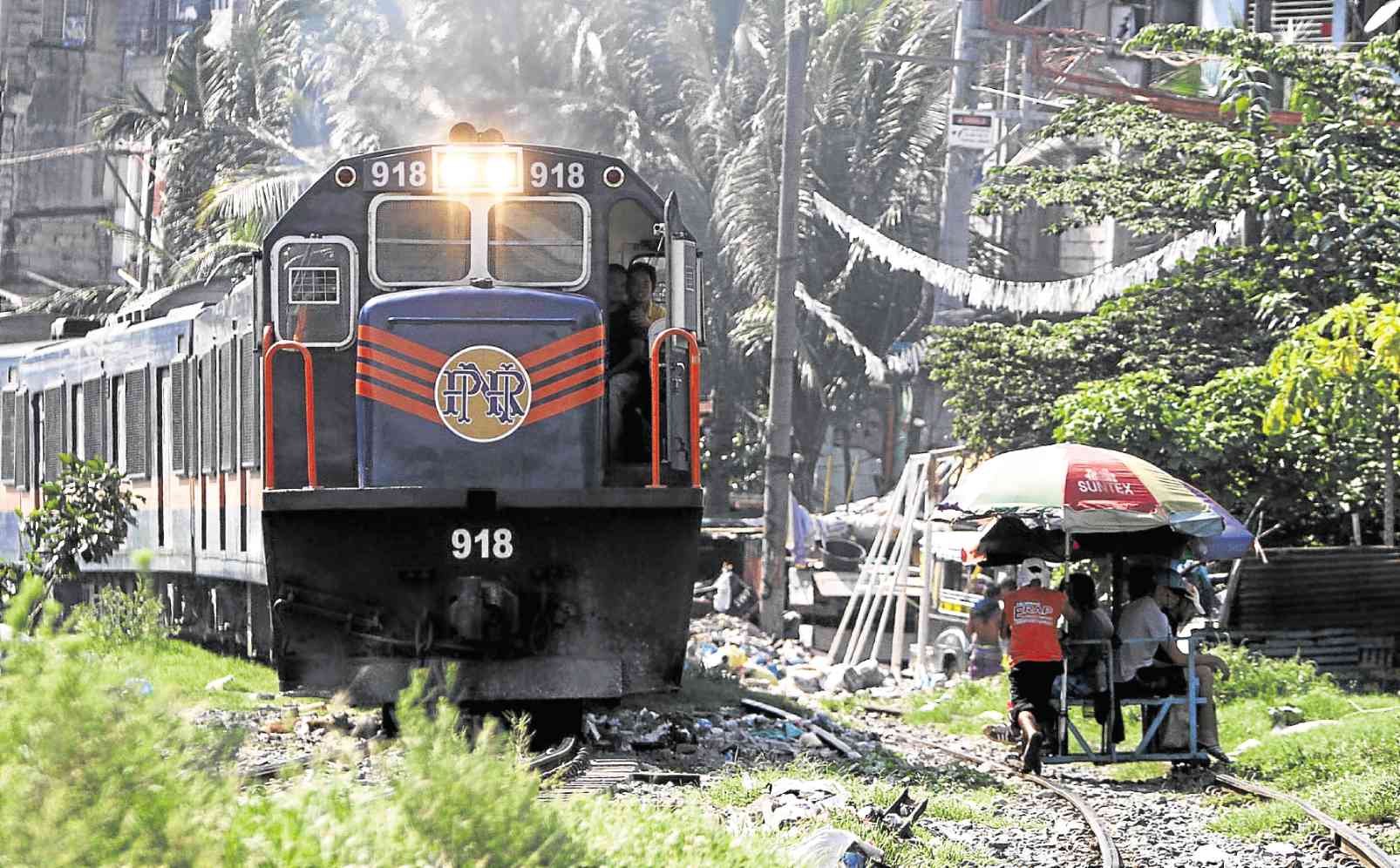The Philippines is an enchanting archipelago of over 7,600 islands. While the country’s stunning natural beauty and warm hospitality are renowned, it faces unique geographical challenges when it comes to transportation and connectivity. The scattered islands have long relied on a patchwork of transportation methods, but the country is now embarking on a transformational journey known as the “Philippines’ Rail Revolution.”
Historical Context
The history of transportation in the Philippines has been marked by a variety of challenges. The scattered nature of the islands has made it challenging to develop a comprehensive transportation infrastructure. As a result, the country has grappled with limited accessibility between regions, congestion in urban areas, and environmental issues related to existing modes of transportation.
Current State of Transportation
Today, the Philippines faces congestion and pollution in its major cities due to limited and outdated transportation infrastructure. The need for an efficient, sustainable, and interconnected transportation system has never been more apparent. To address these challenges, the Philippines is setting its sights on a transformative rail system.
The Vision for a Rail System
The Philippine government has initiated ambitious plans and invested significantly in a comprehensive rail network. The vision is clear: to connect the archipelago’s diverse regions and islands through an efficient and sustainable rail system. This rail revolution seeks to improve connectivity, alleviate traffic congestion, and stimulate economic growth.
Benefits of the Rail Revolution
The Philippines’ rail revolution promises a wide array of benefits. First and foremost, it will drastically improve connectivity between islands and regions, making it easier for people and goods to move. Reduced traffic congestion and pollution in urban areas are additional perks, contributing to a cleaner environment and improved quality of life. The rail revolution is also expected to drive economic growth and create job opportunities. Enhanced accessibility to tourist destinations will boost the nation’s tourism sector.
Challenges and Solutions
Implementing a rail system in a country with thousands of islands is no small feat. Challenges such as complex logistics, environmental concerns, and community impact must be addressed. Innovative solutions, including advanced technologies and sustainable practices, are being considered to mitigate these challenges. It’s essential to strike a balance between economic development and environmental preservation.
Case Studies
To understand the potential of the Philippines’ rail revolution, it’s helpful to look at successful rail projects in other countries. Case studies from countries like Japan, South Korea, and Taiwan offer insights into how a comprehensive rail system can transform a nation’s infrastructure and economy.
Future Prospects
The future of the Philippines’ rail system is promising. In the next decade, we can expect to see a more extensive network that includes high-speed rail and interconnectivity between islands. This rail revolution has the potential to be a game-changer, not just for transportation but also for the nation’s overall development.
Public Support and Engagement
The success of the Philippines’ rail revolution isn’t just in the hands of the government. Public awareness, involvement, and support are crucial. As citizens, we have the power to stay informed about rail developments, advocate for responsible citizenship, and promote environmental consciousness. It’s a collective effort that will make this revolution truly transformative.
Takeaway
The Philippines’ rail revolution is a beacon of hope for a country with immense potential. It has the power to connect the archipelago, reduce congestion, stimulate economic growth, and preserve the environment. The significance of this infrastructure development cannot be overstated, and it’s a testament to the nation’s determination to overcome its unique transportation challenges.




